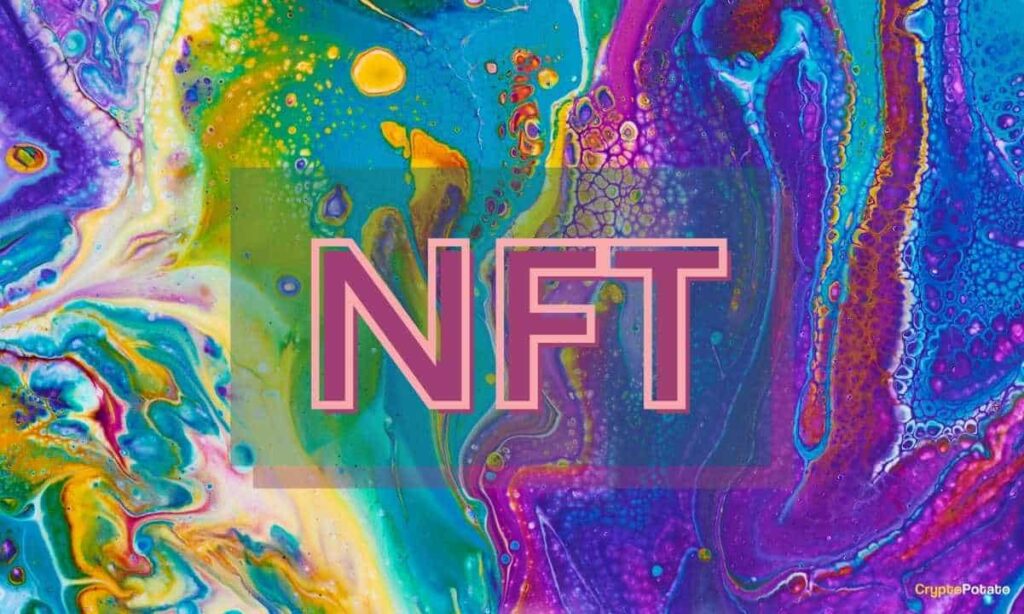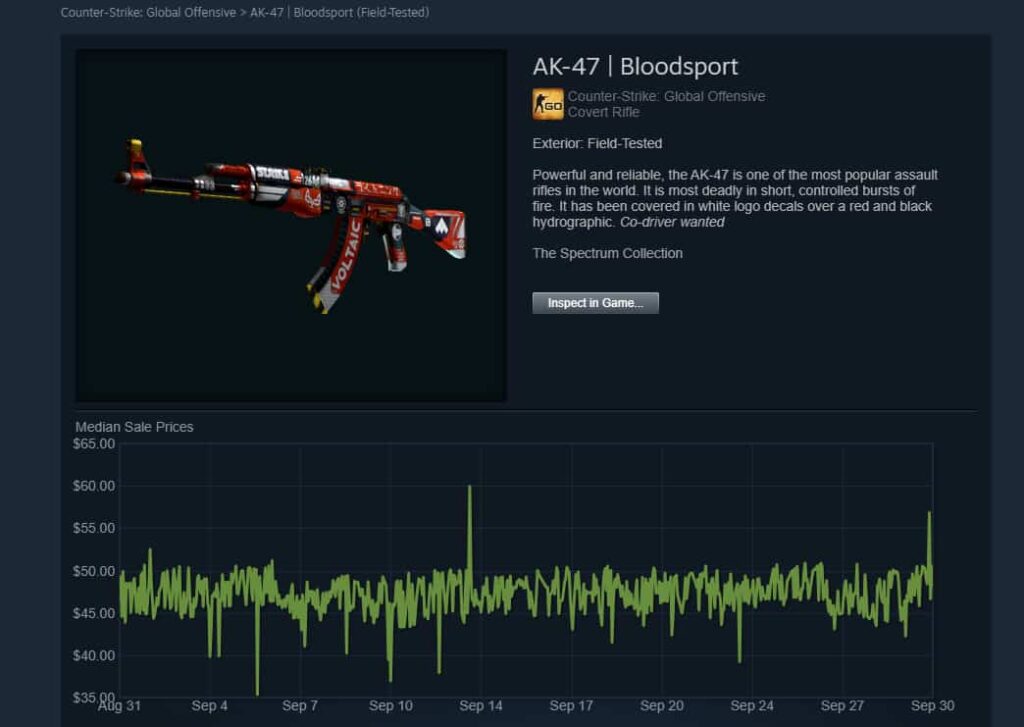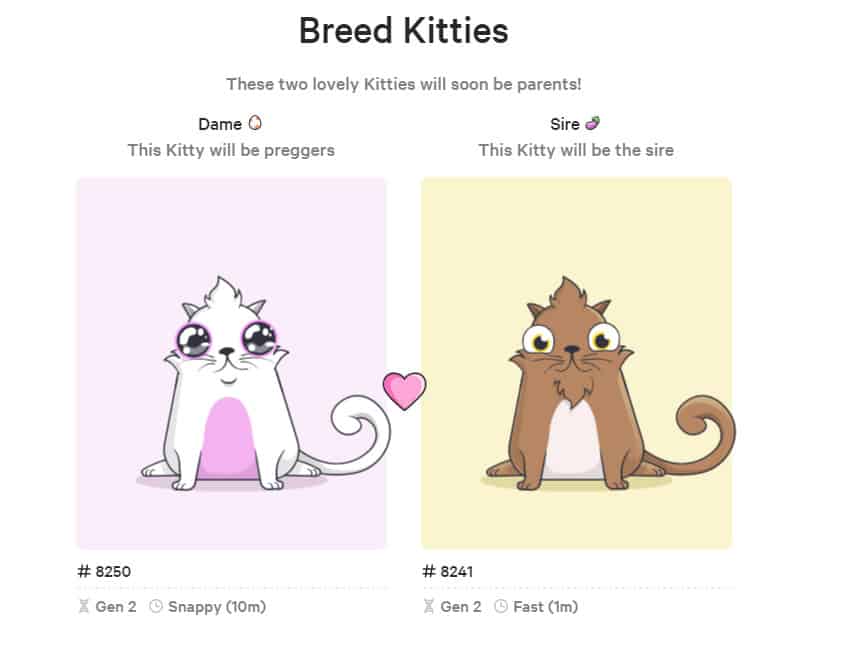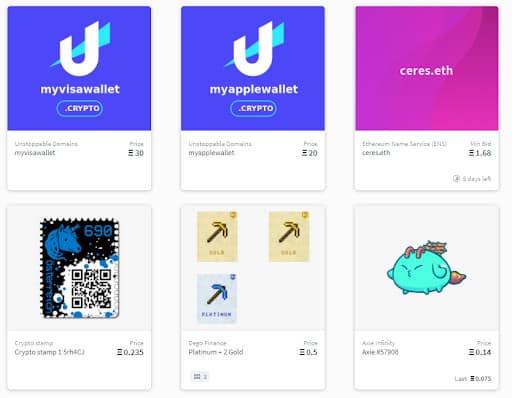NFTs are evolving – controversial yet powerful. In order to understand NFTs, it is necessary to examine both sides of the debate. What are NFTs? How do NFTs work? Which projects are actively using NFTs and How to Buy NFTs?
With the creation of Bitcoin back in 2009, Satoshi Nakamoto would have probably never guessed that the world would buy digital, collectible CryptoKitties, Punks, Hashmasks, celebrity music, and so forth.
However, all of the above made use of a whole new Ethereum standard for identifying unique assets on its blockchain – the ERC-721, better known as the solution for the creation and transfer of non-fungible tokens.
What is a non-fungible token (NFT)?
We can describe an NFT as a cryptographic token that defines an asset uniquely. It can represent both a digital asset such as an image, but it can also track real-world assets, such as a house or car, or a song, for example. As you can uniquely define assets, this means you can also prove ownership over said assets, and moreover, prove their authenticity.
You might wonder why we need non-fungible tokens to uniquely track assets? The problem with regular tokens created using the ERC-20 standard is that they are divisible and can be interchanged.
We don’t want this property for tracking unique assets. This would mean you can divide your digital image or physical car into different tokens and distribute it. That would defeat the whole purpose of non-fungible tokens, as you want only one of them pointing to a single asset. Moreover, if we can make copies of tokens, it becomes impossible to uniquely define them.
For that reason, non-fungible tokens solve the interchangeability problem. A regular ERC-20 token can be interchanged with any other ERC20 token. Again, ERC-721 tackles this exact property. Therefore, each NFT token tracks a different asset and can’t be interchanged with another asset.
To give you a better understanding, let’s take a look at a fungibility example. The fungibility property matters most for digital currencies such as Bitcoin. This allows people to freely trade Bitcoins with each other as it doesn’t matter which Bitcoin you own.
However, when we apply fungibility to digital assets, that would mean users can freely trade them, and we can’t prove ownership of the asset as you can interchange them with any other asset. That’s a problem if we want to uniquely identify assets. For that reason, non-fungible tokens have been created.

What are the Characteristics of Non-Fungible Tokens?
So, we have already discussed the importance of non-fungibility for NFTs. Let’s take a look at the following three properties that make NFTs so desired – uniqueness, rarity, and indivisibility.
Uniqueness
We’ve already discussed the importance of uniqueness. NFTs allow you to uniquely define an asset by providing metadata that describes the asset and sets it apart from other assets.
For example, a project, such as Decentraland, sells virtual pieces of land. To uniquely define each piece of land, the metadata consists of virtual coordinates and the properties of the land, such as the percentage of land that’s covered by grass or what buildings it has.
Rarity
Rarity, also referred to as scarcity, is an element that makes NFTs popular. With a traditional ERC20, token developers can freely define the limits for the token. Let’s say you want a supply of 1,000,000 tokens? Yes, that’s possible. Do you want more tokens? Just increase the total supply within your smart contract (different algorithms put different rules on that possibility or prohibit it entirely).
With NFTs, it’s not possible to infinitely create new assets. Rarity makes sure that you can only define each asset once on the blockchain, which makes NFTs so desired among collectors.
Someone else can’t register the same asset for a second time, which makes assets rare. In other words, rarity gives value to NFTs, as long as people want to spend money on them. To get back to the Decentraland example, you can truly own a piece of land in a game and trade it just like a real piece of land.
Indivisibility
Lastly, you can’t split NFTs. For example, you can own one full bitcoin. However, if you don’t have enough money to buy a full bitcoin, you can split a bitcoin into smaller denominations and buy 1/10 of a bitcoin. The denominated units of bitcoin are known as satoshis.
To expand on this example, you don’t want to allow users to buy 10% of a train ticket. In other words, if Bitcoin had non-fungible characteristics, you would only be able to buy a full bitcoin.
How do Non-Fungible Tokens work?
As mentioned before, Ethereum introduced the ERC-721 standard that allows developers to define unique assets. It was finalized on the 24th of January 2018 and defines the functions for Ethereum contracts to comply with it. However, the ERC721 metadata contract is much more interesting for us as the real magic happens here.
We can provide both a name and symbol for the NFT we want to define. Furthermore, we have to provide a URI that points to a JSON file that describes the unique properties of the NFT. A JSON file is another form of data notation where we keep track of properties such as name, description, and image URL to further define the NFT.
Why do we need non-fungible tokens?
NFTs are very convenient for digital economies. The gaming industry, for example, is home to many micro-economies. Just take a look at games such as CS:GO, League of Legends, or Fortnite: Battle Royale. Each of those games hosts an economy of in-game assets that can be traded among players. Players often receive in-game assets for winning a game, such as skins for their avatar or stickers for their weapon.

Here, gamers are willing to pay money for receiving a beautiful skin to enhance their gaming experience. However, gamers do not truly own those assets, and often, the game can still control the price for in-game assets or make modifications to a particular skin which can cause its price to drop sharply. This has happened in the past with CSGO skins.
To avoid this:
“NFTs are a great use case for gaming economies so that digital assets can’t be altered, the scarcity can be controlled, and gamers can trade these digital assets.”
This would even open up the possibility to create inter-game economies where a weapon or avatar skin can be used across different games.
Furthermore, the decentralized identity movement also benefits from NFTs as you can link physical properties such as your house or car to your decentralized identity, becoming a true proof of ownership where you can trustlessly transfer assets in a global market.
To summarize, here’s a shortlist of possible representations for NFTs:
- Collectibles
- Art: both physical as digital
- In-game items, such as skins or stickers
- Items in a virtual world, such as a piece of land
- Real-world assets, such as cars or houses
- Identity-related properties, such as certifications or medical history.
Next, let’s list five popular projects using NFTs.
Which projects are actively using NFTs?
Many projects have introduced NFTs. Let’s take a look at some of the most prominent projects that make use of this technology.
CryptoKitties
It’s impossible not to talk about CryptoKitties as this was the first use case of NFTs to hit mainstream media. Its concept is closely linked to that of Pokemon Go. Instead of collecting Pokemons that each have unique characteristics, you can collect digital crypto cats that come with certain characteristics. Through breeding cats, you can create new cats and so discover new characteristics.

Decentraland
Next up, Decentraland is a virtual reality world in which you can own a piece of virtual land. The game allows you to further develop your piece of land or build things on top of it. All of these details are stored in the metadata of your NFT. Most importantly, the game allows you to trade virtual land with other gamers so you can create large virtual communities.
Gods Unchained
Remember playing card games and exchanging them with your friends, such as Yu-Gi-Oh? Some collectors went as far as listing cards on eBay or other online marketplaces to complete their collection. As you can see, it wasn’t easy back in the days to trade and collect cards. Card collectors had to deal with various uncertainties –
- What if I pay for a card and don’t receive it?
- What if the card I just bought online is counterfeit?
- How do I prove ownership of a card after buying it?
Gods Unchained has created a collectible card game where cards are issued as NFTs. Therefore, solving all of the above problems as the ownership of cards can be transferred digitally, and you can verify the authenticity of each card. Furthermore, you can quickly exchange ownership of cards via a simple Ethereum transaction.
NBA Top Shots
NBA Top Shots is undoubtedly one of the most popular platforms for NFTs, built on the FLOW blockchain.
It’s a novel concept where different moments from various NBA games are captured and then minted into NFTs. There are various tokens with a different rarity.
For instance, some moments are only minted into a few NFTs, while others – into thousands. This is why some are skyrocketing in value as investors flood the market to own them.
More interestingly, the platform has quickly risen to become one of the most hyped ones, and every pack drop receives thousands of people on the waiting list, eager to participate.
OpenSea Marketplace for NFTs
Lastly, it’s worth mentioning the OpenSea marketplace, which allows for any NFT to be auctioned on the platform. OpenSea acts as a decentralized marketplace where trading happens through a smart contract. It allows you to trade more than 200 types of NFTs, including CryptoKitties, SuperRare art, Gods Unchained cards, and even Ethereum domain names.

How to Buy NFTs?
Now that you’re aware of what NFTs are let’s see how you can buy them. First off, there are a few very popular marketplaces that are booming with volume on NFTs. One of them is OpenSea, and the other one is Rarible.
Let’s have a look at how to buy an NFT on OpenSea. To use both of them, you need to connect an ERC-721 compatible wallet such as MetaMask.


This is how the browsing section of the platform looks like. As you can see, on the left side, you can find various collections that are usually the ones trending the most.
Below each NFT, you can see how much time there is until the auction is completed. For this example, we’re clicking on the first available NFT – the one of the Wrapped MoonCat.
This is how the specific NFT buying page looks like. You have all the information needed in front of you. This includes the price history (if there’s any trading data), the creator, a description of the NFT, as well as the current offers down below. From here, there are two options.
First, you can buy the NFT directly for its listing price. In this case, it’s 0,9999 ETH. If you want to participate in the auction, however, you need to “make an offer” using the button down below. If your offer is accepted, your account will be debited, and you will receive the NFT in return for the ETH.
NFTs Art and Climate Controversy
NFTs are good for making money, but you’ve probably heard there is some controversy surrounding them, not least due to the impact on the environment. Blockchain assets, including NFTs, require a tremendous amount of computing power – and therefore energy. Some are concerned about the very real impact the craze could have on the environment.
NFTs and Beyond
So, how did NFTs manage to receive value? It’s the same as asking why a particular painting is valued at 1,000 euros. Why would you pay $1,000 for a physical painting that may as well be counterfeit as you can own a digital painting of which you know you are the sole owner, and you can prove its authenticity.
In the end, the value of an NFT depends on how much money one is willing to pay for it, just as with any collectible item. The value isn’t inherent to the object itself but is rather assigned by people who deem it valuable. In essence, value is a shared belief.
It’s also interesting to note that some particular NFTs have absolutely exploded in value. For instance, Beeple’s “The First 5,000 Days” NFT sold for a whopping $69 million.
In conclusion, NFTs have gained a lot of popularity and exposure over recent years as they act as proof of ownership and authenticity of both digital and physical items. On top of that, NFTs allow users to trustlessly transfer ownership, eliminating fraud.
Via this site


